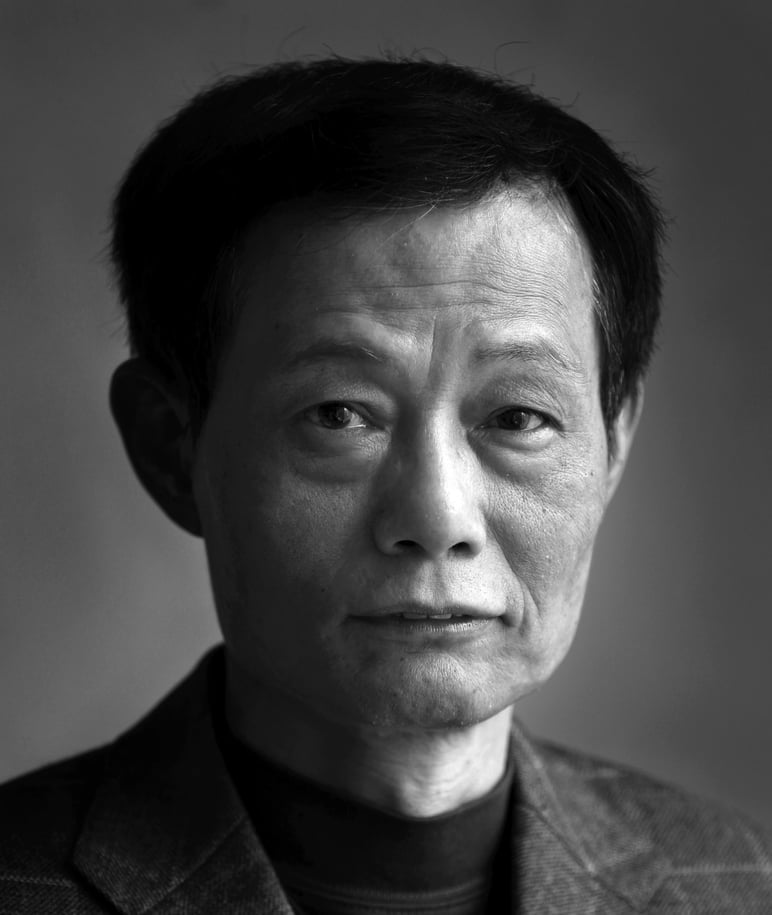
US security or China trade? Australia caught in a bind, along with others in the region
Cary Huang says the dilemma faced by Australia, both a strategic ally of America and a major trade partner of China, is common to many Asian countries caught up in the intense Sino-US rivalry
In the face of heightened Sino-US tensions, many of China’s trade partners in the region find themselves in a conundrum, squeezed between their strategic imperatives and security considerations on the one hand, and their economic interests on the other.
Australia does not have to take sides between China and US: Chinese premier
Australia, like many other regional economies, have deep and vast trade and investment ties with China. The Asian giant has been Australia’s largest trading partner for the past eight years, while Australia is China’s eighth largest tradingpartner. After a bilateral free trade agreement came into force in December 2015, both nations ushered in a new boom era driven by the pact. Last year, trade between them reached US$108 billion, after having grown by leaps and bounds since the two forged diplomatic relations in 1972.
Make no mistake, Canberra, as with many of its peers in the region, will remain in the US-led Western camp
Beijing and Canberra also share common aspirations to restructure the global economy and its governance. Both China, the world’s biggest exporter, and Australia, a country abundant with natural resources, need an open global market and free trade.
So in their talks and open remarks, both Li and his host Malcolm Turnbull, the Australian prime minister, tried hard not to let an agenda promoting mutually beneficial cooperation be derailed by their obvious discomfort over political and security issues.
China and Australia show how to deal with differences

Security vs economics: Asean countries stuck between US and China in South China Sea row
Given the potential flashpoints over the South and East China seas, the Korean peninsula and Taiwan, and given recent tensions, many expect a new cold war to emerge between a US-led regional alliance under the umbrella of “free democracy”, and China, the world’s last major communist-ruled nation.
So, while trade or investment will be a positive-sum game for both China and Australia, the proposed closer strategic ties between the US, Japan, South Korea, India and Australia – allies which see China as a chief rival – put a big question mark over the so-called “comprehensive strategic partnership” between the two.
Make no mistake, Canberra, as with many of its peers in the region, will remain in the US-led Western camp as it looks to the world’s sole superpower for protection, with the deep belief that only democracy can bring about and ensure peace.
Cary Huang is a senior writer at the Post

